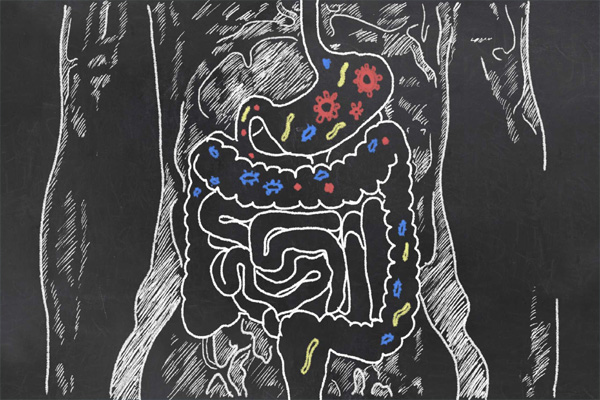Hiatal Hernia Repair
Hiatal hernia is formed when the part of the stomach or all of it gets into the thoracic cavity through the oesophageal opening of the diaphragm. It is associated with obesity or previous surgery on the associated structures. Most of the patients with is condition will complain of heartburns because of the acid reflux due to either the incompetent lower oesophageal sphincter or the anatomical placement of the sphincter that permits acid reflux as seen in the case of the hiatal hernia.
